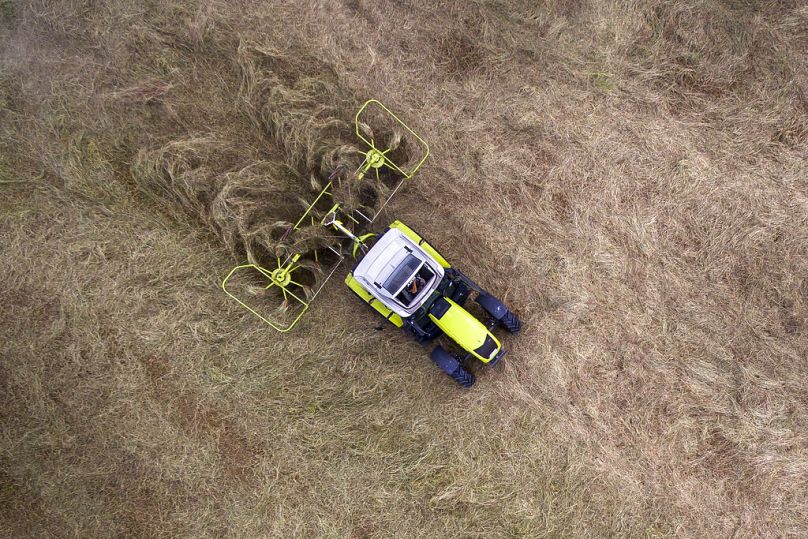The "catastrophic" decline in wildlife has been caused by deforestation, unsustainable agriculture and illegal wildlife trading.
Global wildlife populations have declined by nearly two-thirds since 1970, according to a new report.
The "catastrophic" decline in wildlife has been caused by deforestation, unsustainable agriculture and illegal wildlife trading, according to the annual World Wide Fund for Nature (WWF) Living Planets Report.
"We can’t ignore the evidence – these serious declines in wildlife species populations are an indicator that nature is unravelling and that our planet is flashing red warning signs of systems failure," said Marco Lambertini, the director-general of WWF International, in a statement.
"From the fish in our oceans and rivers to bees which play a crucial role in our agricultural production, the decline of wildlife affects directly nutrition, food security and the livelihoods of billions of people."
The comprehensive index, provided by the Zoological Society of London, measured 20,811 populations of 4,392 species and shows there was an average 68% decline in populations between 1970 and 2016.
This destruction of wildlife, which is continuing at an unprecedented rate, is contributing to emerging zoonotic diseases such as COVID-19, the report says.
Climate change is also expected to accelerate this problem, which scientists say they've attempted to highlight for decades.
The decline is most significant in Latin America, where there has been an alarming 94% decline in wildlife populations. The most impacted populations there are amphibians, reptiles and fish.
This is followed by Africa where there has been a 65% decline in wildlife populations.
Freshwater species are also of particular concern with almost one in three species in extinction, the report says.
"Seventy-five per cent of the Earth’s ice-free land surface has already been significantly altered, most of the oceans are polluted, and more than 85% of the area of wetlands has been lost," the report says.
This has led to roughly one million species being threatened with extinction, an estimate first made by an intergovernmental panel in late 2019.
Humans are also using up their biological footprint in part through agriculture and food systems, scientists say.
Agriculture, for instance, accounts for 70% of freshwater use and food systems release 29% of greenhouse gases.
The report states that an estimated one-third of the food produced for humans is wasted globally, amounting to 1.3 billion tonnes every year, emphasising the need to reduce food loss and waste.
“An average decline of 68% in the past 50 years is catastrophic, and clear evidence of the damage human activity is doing to the natural world," said Dr Andrew Terry, the Director of Conservation for the Zoological Society of London.
"If nothing changes, populations will undoubtedly continue to fall, driving wildlife to extinction and threatening the integrity of the ecosystems on which we all depend."
The report says that food production and trade needs to become more sustainable in order to urgently reduce pressure on wildlife populations.












